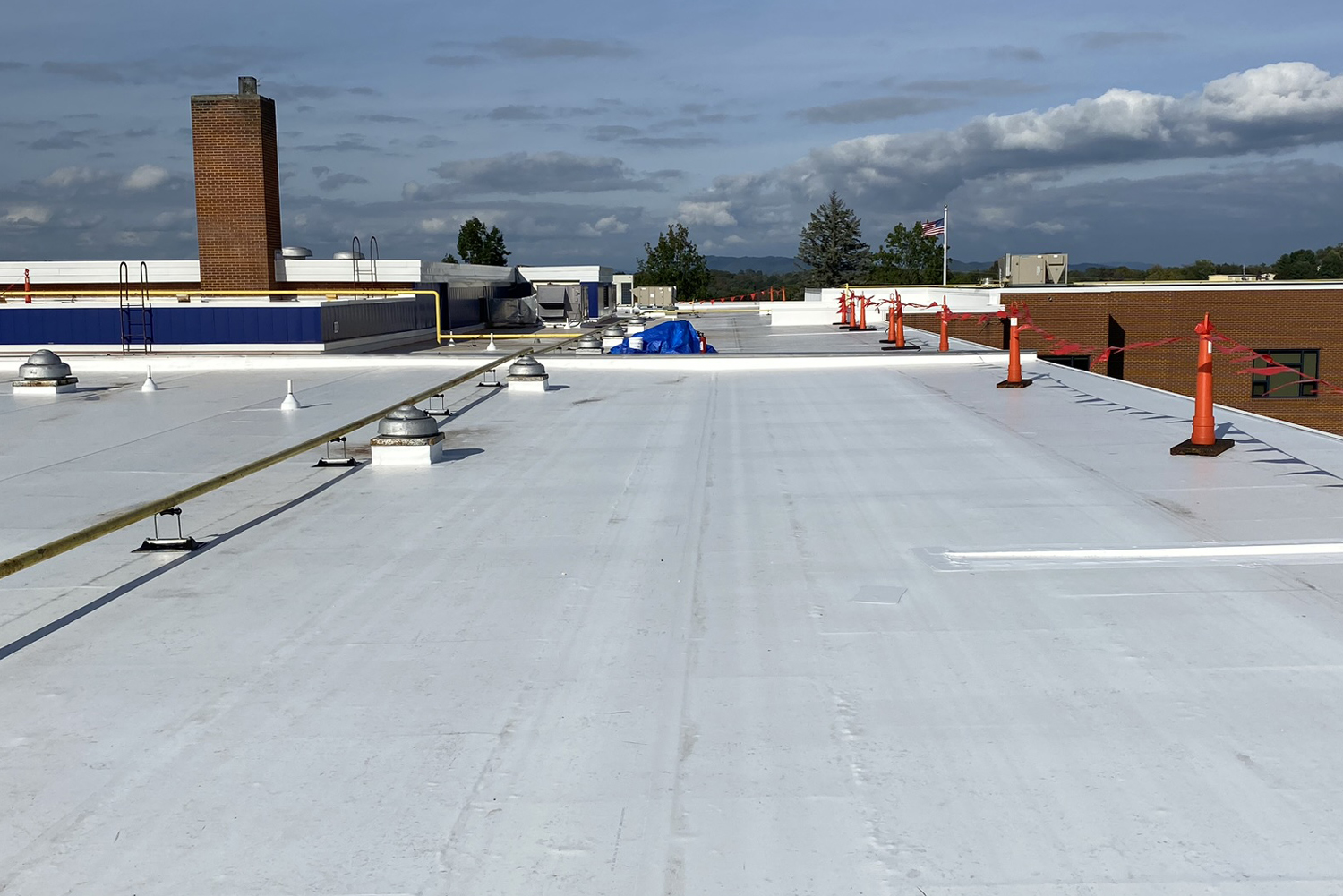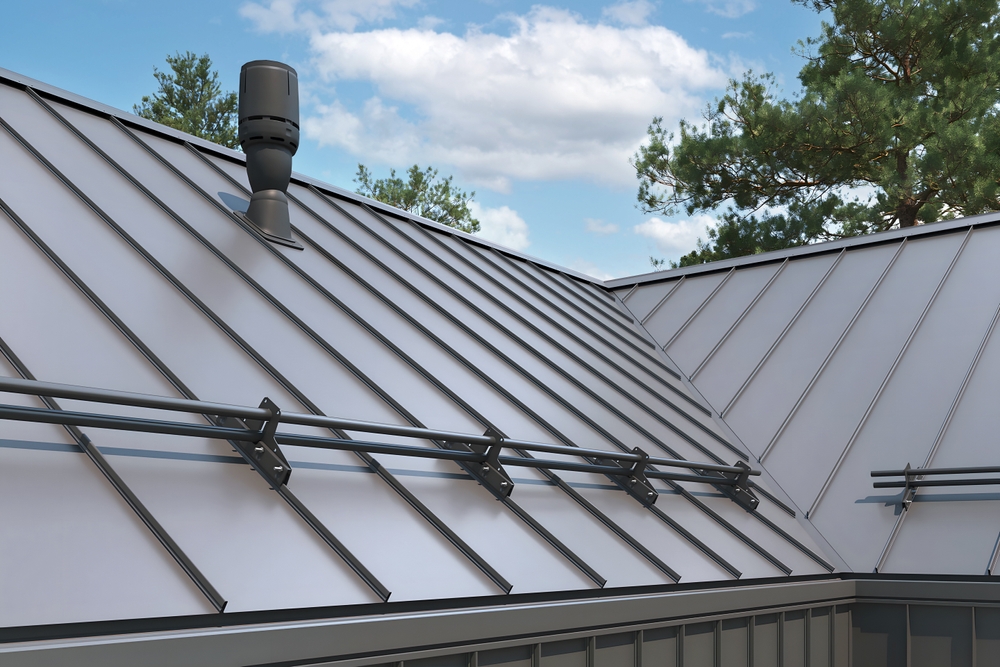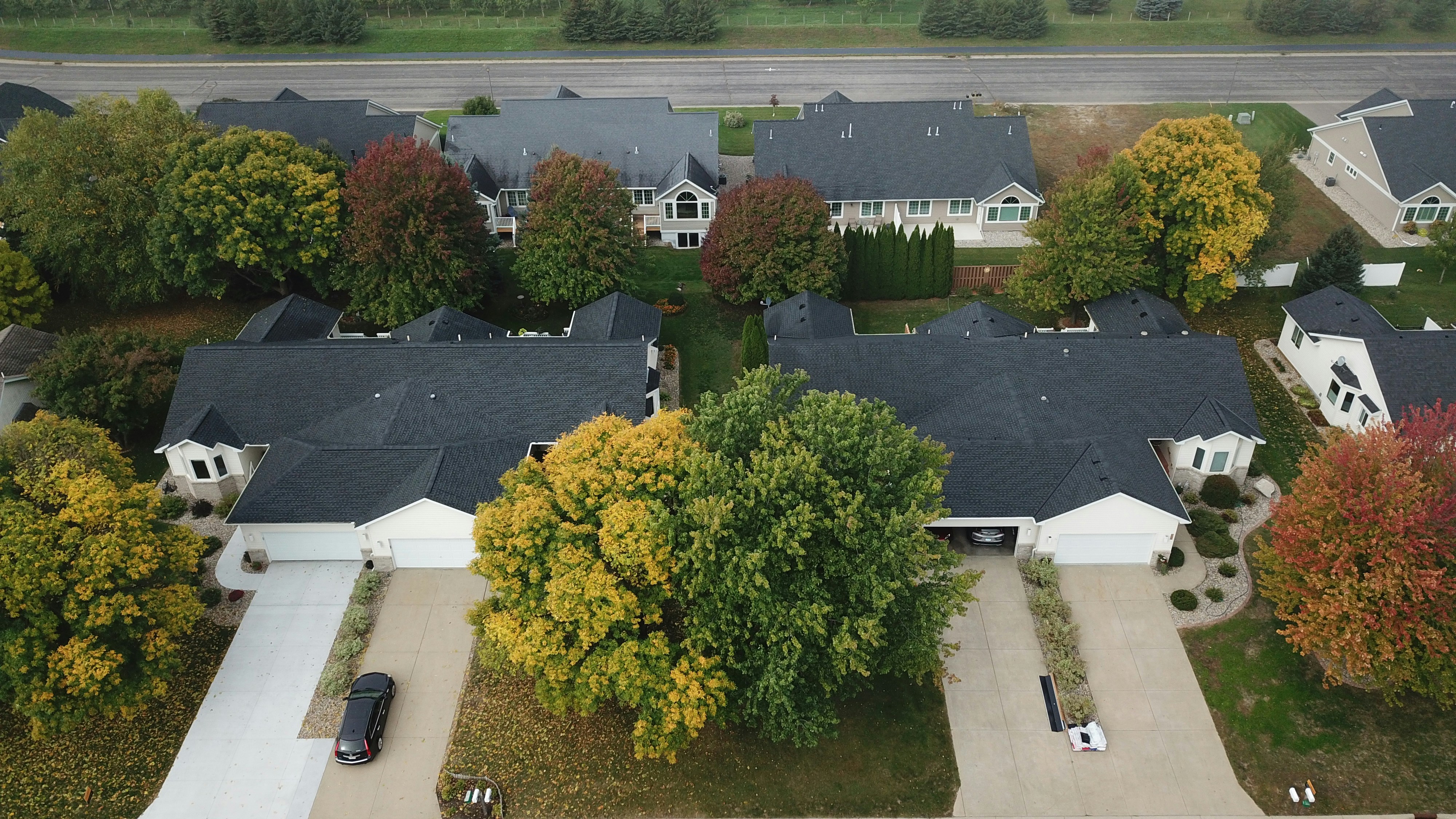What Sets TPO Roofing Apart in the Mid-Atlantic Climate

Choosing a roofing system isn’t just a technical decision—it’s a commitment. For building owners and facility managers, it’s a call you’re making not just for today, but for the next two or three decades. And in a region like the Mid-Atlantic, where weather plays hardball, the right choice can save years of headaches—or the wrong one can guarantee them.
That’s why over the past couple of decades, TPO roofing has quietly climbed the ranks as a go-to solution for commercial properties across the DC Metro, Maryland, Virginia, and beyond. It’s not hype—it’s performance that’s made it stick. But why? What is it about TPO that makes it so well suited for buildings here?
Let’s walk through it.
First, what exactly is TPO?
Technically, TPO stands for Thermoplastic Polyolefin—but unless you’re a materials scientist, that probably doesn’t mean much on its own. In practice, it’s a flexible, single-ply membrane used on flat or low-slope roofs. It comes in wide sheets that get heat-welded together to form a watertight surface.
The appeal? It strikes a balance between affordability, durability, and energy savings. It’s reflective, so it bounces heat away from the building. It’s tough enough to handle foot traffic and weather. And it doesn’t cost as much as some higher-end options like PVC. Over the years, that combination has made TPO one of the fastest-growing roofing choices for commercial buildings.
More about TPO Roofing
But knowing what TPO is doesn’t tell you why it shines here. For that, you have to understand the Mid-Atlantic’s unique weather—and why a “one-size-fits-everywhere” roof doesn’t work.
The Mid-Atlantic Climate: A Tough Playground for Roofs
Here’s the thing about the Mid-Atlantic: the swings are wild. We’re talking summer days that hit 90+ degrees with humidity thick enough to slow you down just walking across a parking lot… followed by winters where temperatures ping-pong above and below freezing in a single afternoon.
If you manage a building in this region, you’ve seen what that kind of weather does to materials. Roofs here don’t just have to survive—they have to adapt.
In this climate:
- UV rays beat down relentlessly in summer, turning rooftops into heat islands
- Heavy rainstorms can drop inches of water in hours, testing every seam and drain
- Freeze-thaw cycles in winter expand and contract materials over and over again, prying open weaknesses
Some roofing systems get brittle under UV. Others struggle when water ponds and sits after a storm. And some can’t keep up with the expansion and contraction that happens every winter. That’s why it’s not just about picking a “good” roof—it’s about picking a roof that makes sense here.
Why TPO Holds Its Own in These Conditions
This is where TPO starts pulling ahead. It wasn’t designed for one climate or application—it was designed as a problem-solver across multiple pain points. And for the Mid-Atlantic, it checks a lot of boxes.
- It reflects heat. That bright white surface isn’t just for looks—it actively lowers rooftop temperatures. On a summer afternoon in downtown DC, that can be the difference between a 150-degree rooftop and one that’s dozens of degrees cooler. That means less heat absorbed into the building and lower cooling costs.
- Its seams are heat-welded. Unlike adhesive or taped seams in some systems, TPO seams are fused together with heat, creating a single bonded surface. That’s especially valuable when storms roll in fast—less risk of water sneaking in at weak points.
- It stays flexible in winter. Freeze-thaw cycles? No problem. TPO holds onto its flexibility even as temperatures drop, which helps prevent cracks and splitting that can happen with more brittle materials.
Add it up, and you’ve got a roofing material that’s built to shrug off UV, shed water efficiently, and handle seasonal shifts without cracking under pressure.
See how waterproofing ties into TPO performance
TPO vs. Other Roofing Systems: When Does It Win?
t’s fair to ask: if TPO is so solid, why isn’t it the universal answer? Truth is, there’s no single best roof for every scenario. It depends on the building, the budget, the priorities.
Compared to EPDM, TPO generally wins on reflectivity and seam strength. EPDM’s black surface soaks up heat, making it less ideal if you’re trying to reduce cooling loads.
Compared to PVC, TPO is more affordable but slightly less chemical-resistant. PVC’s extra durability comes at a higher price—worth it if you’re running a facility exposed to grease or harsh chemicals, but not always necessary for offices or retail.
Compared to bitumen, TPO is cleaner, faster to install, and doesn’t require torches or hot asphalt. Bitumen still holds a niche for heavy-duty industrial settings, but for most modern commercial properties, TPO edges it out in ease of maintenance and energy performance.
Bottom line? TPO shines brightest on large flat roofs where heat reflection, waterproofing, and budget balance matter.
Common Questions We Hear About TPO
We get it—choosing a roofing system isn’t an everyday decision. Here are a few things clients often ask:
How long will it last?
On average, expect 15–20 years of service life, though we’ve seen well-maintained TPO roofs stretch beyond that.
Can I use TPO for a roof overlay?
Often, yes—if the existing roof’s structure and insulation are still sound, TPO can be installed as a recover layer. But that needs to be evaluated case by case.
Is it only for flat roofs?
TPO works best on flat or low-slope roofs. It’s technically installable on sloped roofs, but other materials may perform better aesthetically or structurally there.
Will it qualify for energy rebates?
In many cases, yes—TPO’s reflective properties make it eligible under cool roof incentive programs. Check your local utilities or municipal guidelines.
Where We Recommend TPO in the Mid-Atlantic
We’ve installed TPO roofing across schools, government facilities, retail centers, and office buildings throughout the Mid-Atlantic. It’s a standout choice in projects where energy savings, budget control, and low-maintenance durability are all priorities.
We’ve had clients tell us how surprised they were by the difference in cooling bills after switching to TPO. We’ve also had owners come to us frustrated after dealing with seam failures in older systems—only to find TPO’s heat-welded seams solved the problem long-term.
In short, if your building has a flat roof and you want a dependable system that fights heat, handles storms, and won’t wreck the budget—TPO is worth a serious look.
It’s Not a One-Size-Fits-All Decision
No two buildings are the same. And no roofing material fits every need. That’s why we always encourage facility managers and building owners to talk through their goals, constraints, and site conditions before locking in a system.
We’re not here to sell you the most expensive roof. We’re here to help you pick the right one—whether that’s TPO or something else.
Need help figuring out what makes sense for your building? Let’s set up a time to walk your roof, talk through your plans, and map out a solution that works for your climate, budget, and long-term vision.
Serving the Mid-Atlantic with Roofing That Lasts
From Washington, DC to Baltimore, Northern Virginia to the Maryland suburbs, Reliance Roofing has helped commercial properties stay protected with roofing solutions designed for this region’s unique demands. We’d be glad to help you next.



